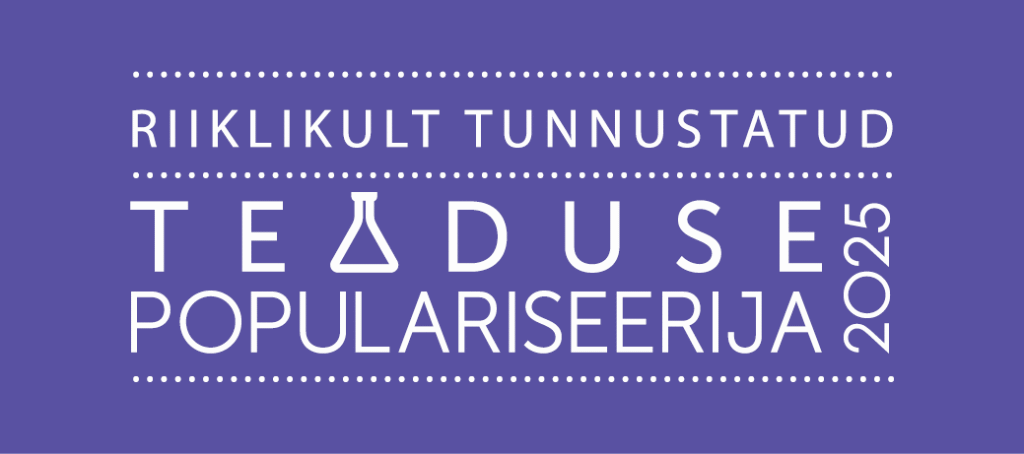In the short video series Measured World, dedicated to the 150th anniversary of the Metre Convention, this episode focuses on drone technologies and why measurement and testing are particularly important for drones.
In recent years, drones have become one of the most visible technological developments. Beyond film production and surveillance, they are used in rescue operations, agriculture, and technical inspections. The role of drones in society is growing rapidly, and with it, the need to ensure their reliability and safety. This is precisely where accurate measurement and testing come into play.
According to Tavo Kangru, senior researcher in the drone technologies division at Metrosert’s Applied Research Center, before a drone is allowed to take to the skies, it must be verified for compliance with requirements. “Flight safety depends on whether the drone’s speed, weight, and noise level meet a specific class standard and whether the remote pilot has the necessary qualifications. If these conditions are not met, flight is not permitted,” emphasized the senior researcher.
Kangru also noted that a drone must be tested for its ability to maintain functionality under various electromagnetic field conditions. “It is important that the drone operates stably both in interference-heavy environments and under high humidity, temperature, or solar radiation conditions. At the same time, we must ensure that the drone does not generate signals that could interfere with other devices,” he added.
For example, at Metrosert’s drone laboratory, drones undergo electromagnetic resistance tests, simulations of elevated humidity and temperature conditions, and real-world flight tests to ensure that the device meets standards even in challenging environmental conditions.
All these measurements and tests aim to ensure that drones can operate safely and cooperatively in shared airspace. According to Kangru, testing drones is not just about the durability of the devices—it is also a matter of reliable measurement. “Every test must provide results that can be compared and repeated. Only then can we speak of safe and scientifically grounded development,” he emphasized.
Metrosert’s Applied Research Center’s drone technologies division is designed to support Estonian companies and research institutions in the development and testing of drones. The distinctive feature of Metrosert’s drone laboratory in the Estonian context is the ability to complete the entire testing cycle in one location—both electrical subsystem measurements and outdoor flight tests are conducted in the laboratory, making testing faster and more flexible.
Reliable measurement is today one of the most important pillars of technological development. It allows technical failures to be prevented, ensures safety, and guarantees that devices operate as expected wherever they are used.
The video series Measured World, dedicated to the 150th anniversary of the Metre Convention, introduces SI units, various measurement fields, and future perspectives on precise measurements. The series features metrologists and scientists who explain how accurate measurements contribute to our daily lives and the development of the world.
The series received second prize in the 2025 Science Popularization Awards in the category “Popularization of Science and Technology through Audiovisual and Electronic Media.”

